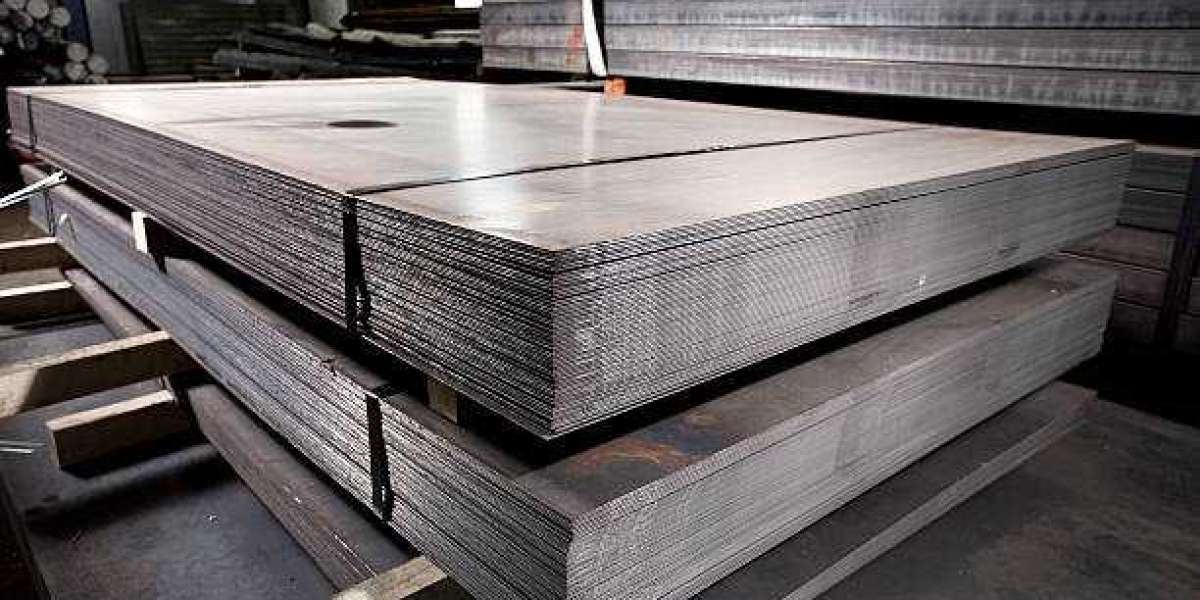For many years, steel has been an essential component of infrastructure, manufacturing, and building, and its price is a key economic indicator. The current price of steel can provide information on demand, growth, and even the dynamics of international trade. In order to better comprehend the relationship between steel pricing and economic growth, we will examine how present steel prices reflect the state of the economy.
Steel as an Economic Activity Barometer
One of the most popular materials in sectors including machinery manufacturing, automobile manufacturing, and building is steel. As a result, its demand is strongly correlated with the state of the economy as a whole. Steel demand often rises in expanding economies as new construction projects start, businesses expand, and manufacturing activity increases. Steel prices frequently rise as a result of this spike in demand, making it a crucial sign of economic strength.
Factors Affecting the Price of Steel Today
Steel price today is influenced by a number of factors, and knowledge of these might provide insights into economic trends:
Dynamics of Supply and Demand: Just like any other commodity, supply and demand have a significant impact on steel prices. Prices rise due to strong demand from sectors including energy, automobile, and construction. On the other hand, slower industrial activity or economic downturns may result in less demand and lower pricing.
International Trade and Tariffs: The price of steel is greatly impacted by international trade policies, as it is a commodity that is traded globally. Steel price swings can be brought on by trade disputes, tariffs, and geopolitical unrest. For instance, when supply restrictions arise, tariffs placed on steel imports may cause prices to rise in domestic markets.
Costs of Raw Materials: Iron ore and coking coal, the two main raw materials used to produce steel, are also major factors in influencing steel costs. The cost of producing steel and, thus, the ultimate price of steel can be directly impacted by variations in the price of these materials.
Energy Prices: The process of making steel uses a lot of energy, and changes in the cost of natural gas and electricity can have a big effect on the price of steel. Steel costs frequently rise in tandem with energy prices.
Government Policies and Infrastructure Investment: The demand for steel is increased by the regular investments made by governments worldwide in infrastructure projects. Government initiatives to boost the domestic steel sector may also have an impact on steel pricing and production costs.
How the Current Steel Price Reflects Economic Development
Many people believe that the current state of the economy is reflected in the price of steel. Here's how:
Economic Expansion: Steel prices typically increase during times of economic expansion because of the increased demand for infrastructure projects, industrial goods, and building. Buildings, roads, and bridges are constructed more frequently during prosperous economic times, and steel output rises along with them. Steel prices rise as a result of this expanding demand.
Recessionary Trends: On the other hand, steel prices may drop during periods of economic slowness or recession. Steel usage declines as a result of decreased manufacturing output, decreased construction activity, and a decline in the demand for industrial goods, all of which drive down costs. A sharp decline in steel prices may be a symptom of a slowing economy.
Global Economic Factors: Trends in the world economy have an impact on steel prices as well. For example, as demand for steel increases due to economic expansion in large economies like China or the US, steel prices might rise globally. On the other hand, if these economies slow down, steel prices might drop.
Inflation and Currency Movements: Inflationary pressures and currency movements can also have an impact on steel prices. Price increases may result from increased import expenses for raw materials and completed steel due to a depreciation of the local currency. Additionally, production costs may rise due to inflationary pressures, which could result in higher steel prices for consumers.
In conclusion
In summary, the current price of steel serves as a useful gauge of stability and economic progress. Growing infrastructure and more industrial activity are frequently linked to rising steel prices, which indicate economic expansion. Conversely, falling steel prices may indicate a contraction or slowdown in the economy.








